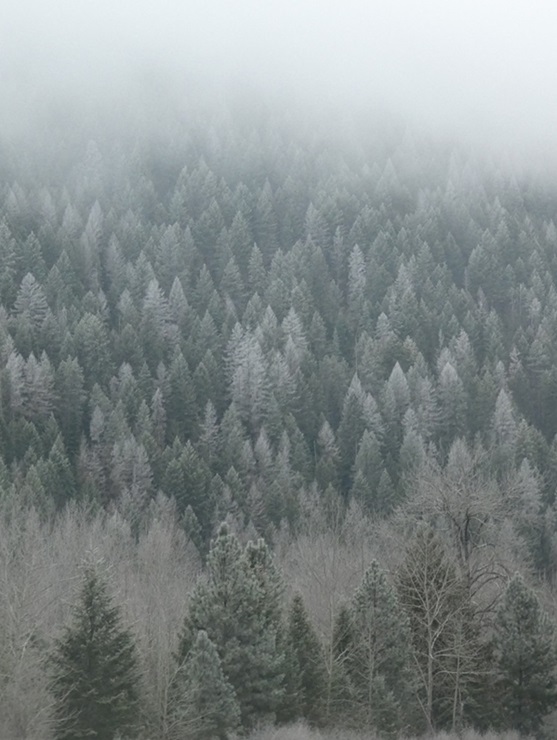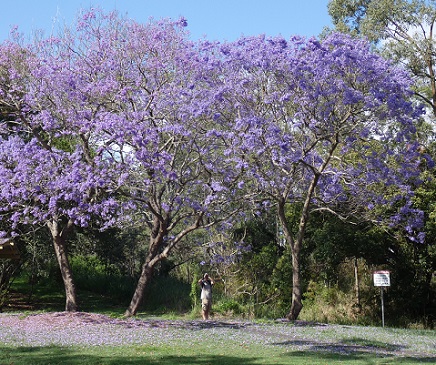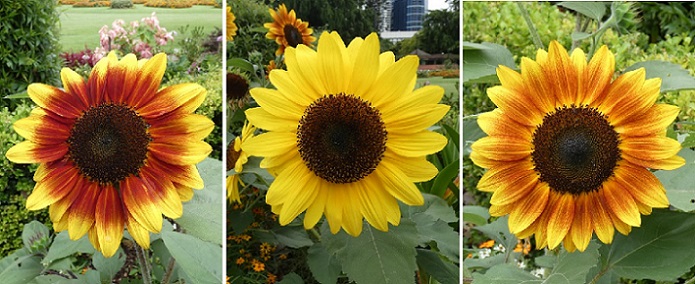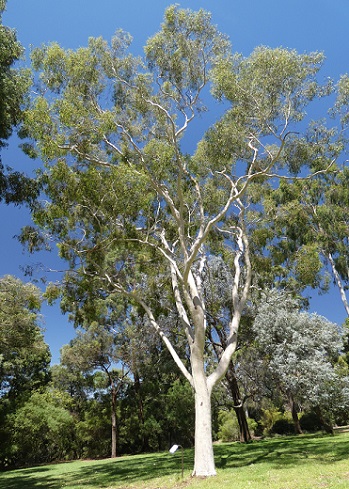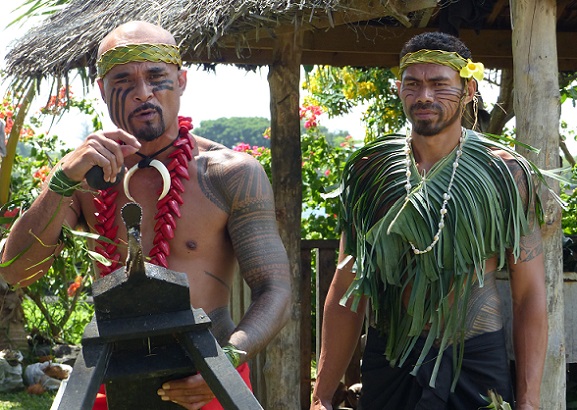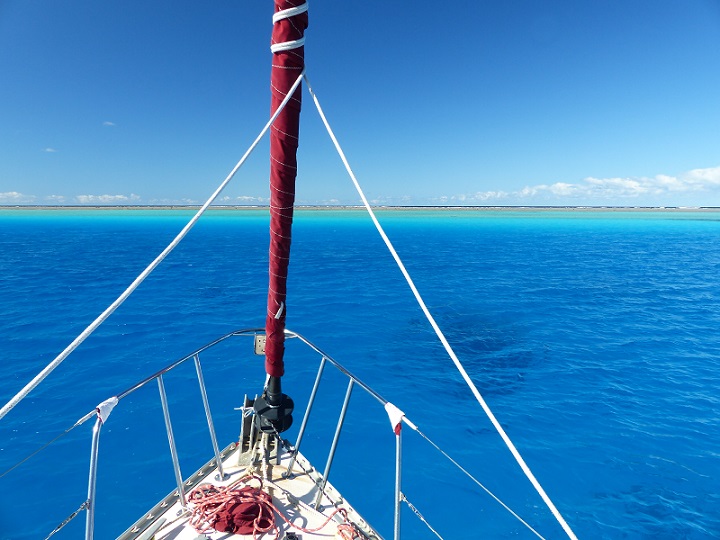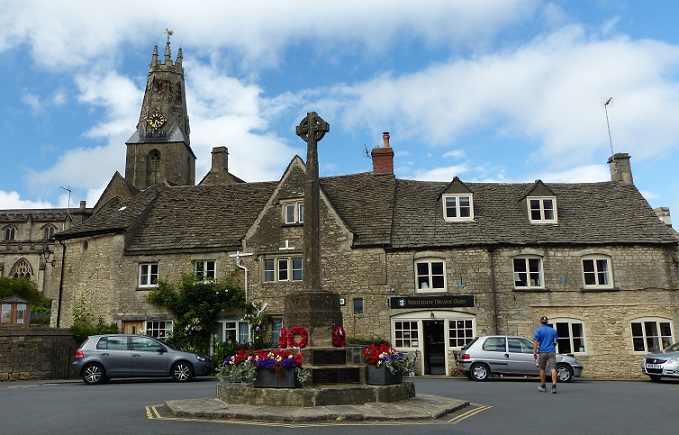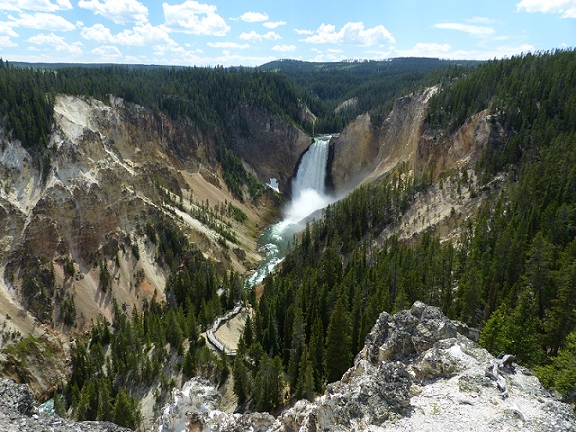
Tregoning
12 April 2024 | We are back aboard Tregoning in Mersin Marina, Mersin, Türkiye
02 April 2024 | We are in Toronto Airport, Canada: Tregoning is in Mersin Marina, Mersin, Türkiye
25 February 2024 | We are back in Gainesville, FL: Tregoning is in Mersin Marina, Mersin, Türkiye
18 February 2024 | We are in Glenwood, New Mexico: Tregoning is in Mersin Marina, Mersin, Türkiye
12 February 2024 | We are in Morro Bay, California: Tregoning is in Mersin Marina, Mersin, Türkiye
19 January 2024 | We are in Vancouver, BC Canada: Tregoning is in Mersin Marina, Mersin, Türkiye
01 January 2024 | We are in Washington State: Tregoning is in Mersin Marina, Mersin, Türkiye
15 December 2023 | We are in Minnesota: Tregoning is in Mersin Marina, Mersin, Türkiye
18 November 2023 | We are in Florida: Tregoning is in Mersin Marina, Mersin, Türkiye
29 October 2023 | We're in Florida - Tregoning is at B-dock, Mersin Marina, Mersin, Türkiye
21 October 2023 | 7 Oda Kapadokya Cave Hotel, Ürgüp, Türkiye
14 October 2023 | Hotel Aşikoğlu, Boğazkale, Türkiye
07 October 2023 | B-dock, Mersin Marina, Mersin, Türkiye
19 September 2023 | “Chez Jon & Angela”, Near Otterton, Devon, UK
14 September 2023 | Airbnb in Fortuneswell on the Isle of Portland, Dorset, UK
11 September 2023 | With Mike, Grange-over-Sands, Cumbria, UK
03 September 2023 | Ardington House, Ardington, Oxfordshire, UK
24 August 2023 | Near "Chez Joan and Peter", College of Roseisle, Moray, Scotland
11 August 2023 | Andrew's house (not exactly), Lichfield, UK
22 July 2023 | Chez Gail, near the New York Café, Budapest, Hungary
Swinging in an old volcano
15 January 2014 | Caleta Partida, Isla Partida, Mexico
Photo: East entrance to Caleta Partida seen from the south: main anchorage left of photo

The weather forecast was calling for a few of days of northerly winds so we had decided to tuck deep into the large bay between the north end of Isla Espiritu Santo and Isla Partida. Most of the coves along the west coast of these islands have reasonable protection from north winds but are exposed to waves from the southwestern, evening coromuel breezes that often crop up when there are no north winds. The cove we chose to anchor in on Thursday evening (January 9th), Caleta Partida, was long enough that it might offer a little protection in southwesterly winds.
There were several boats already anchored around the GPS waypoint recommended in our Sea of Cortez (Breeding and Bansmer) cruising guide but we were happy to go a little further into the cove and stay clear of the crowd. All those boats left within the next couple of days as part of the almost daily anchorage-shuffle and for a brief time we had the huge bay to ourselves.
When they do not already know each other, there are somewhat predictable dynamics between the occupants of cruising boats in anchorages. In a large city anchorage where boats are often staying for many days, while we are going back and forth to shore we might swing by a neighboring boat and say hello if we happen to see someone on deck but we would not expect to invite each other aboard. In a large remote anchorage that has many boats that are only staying for a night or two we are more likely to only wave and not go over to talk unless beckoned. Of course, if we meet other cruisers on shore, we will certainly stop to chat but in a remote site with several boats, there is a sense of allowing people have their space on their boat to enjoy the "remoteness" without uninvited intrusions.
Conversely, in a small, remote anchorage with only one other boat, even if we are only staying for a couple of nights, we are very likely to make the effort to shout at each other, speak on the radio, or pass by in the dinghy when we see someone on deck. As often as not this will result in an invitation over to one boat for the evening. Of course, this is no different than how hikers or campers relate to each other on busy or very remote trails but I am often curious as to whether we will get to make new friends in the next anchorage or will feel that it would be prudent to keep to ourselves.
The large bay at Caleta Partida is in the crater of a large, extinct volcano and columnar formations of basaltic rock line some of the steeper walls creating some isolated, shoreline pinnacle rocks. Geologically, the Sea of Cortez has been the site of tectonic plates pulling apart and creating new crust and these islands lie near the fault lines. Apart from some obvious basalts, volcanic cones, and dark lava layers, most of the island geology is characterized by striated layers, often inclined somewhat from the horizontal, of pink, ivory, and black rock. Much of this rock looks like sandstone and in many places there are thick conglomerate layers studded with rounded, perhaps water-worn, pebbles and boulders. So to better understand this mixture of volcanic and sedimentary geology, we shall have to look online or find a book that explains these patterns for us.
Over thousands of years, the rim at the eastern and western edges of the crater at Caleta Partida eroded below sea level separating the islands of Espiritu Santo and Partida. The wide opening to the west provides a clear, deep entrance to the bay whereas the narrower opening to the east has almost been blocked by two overlapping, low, flat peninsulas, one reaching into the channel from each island. Between these spits is a shallow, sandy, Z-shaped channel that completely dries during very low tides.
Around high tide on one of the calmer mornings we went through the eastern channel in the dinghy. On the way we passed the assorted shacks of the authorized fishing camps, one on each peninsula but only the one on the Espiritu Santo side appearing to have any current residents. Since both islands are within a National Park, commercial fishing and the associated camps are regulated but the TV satellite dish by one of the shacks suggested that some fishers must spend quite a bit of time there. A small National Park Office was on the shore of Isla Espiritu Santo and we were visited twice by a Park Service boat checking to see that we each had our annual passes.
We passed very close to some seabirds sitting at the end of the peninsula projecting north from Espiritu Santo and they did not seem particularly concerned about us and our noisy outboard. The birds included: royal terns (although these were not easy to distinguish from the elegant terns we had seen elsewhere in the area); the red-billed Heermann's gulls; yellow-footed gulls (a new species for us that was formerly considered a subspecies of the Western gull); American oystercatchers; and a reddish egret. Further upslope, one of the ubiquitous vultures showed us a classic Mexican pose, sitting atop a large cactus with its wings spread open.
Looking over the side of the dinghy into the clear, shallow water we could see numerous ballonfish, bullseye pufferfish, and small, round Cortez rays. However, our most diverse fish-viewing was during the two snorkeling trips that we made to a rock reef that extended off the point on the northern side of the western entrance to Caleta Partida. Both times we snorkeled around the reef towing the dinghy and although the water clarity was not as good as we had hoped, the fish diversity was excellent, especially when we reached the deeper, outside edge where the larger fish occur. It was out here, as I peered down towards the deep water, that I was suddenly surrounded by a school of gafftopsail pompanos, a uniquely shaped silver fish with very long, yellow dorsal, anal, and tail fins. We had never seen this type of jack before and it was quite a thrill to watch the school of them zip around us and suddenly disappear again.
By Monday it was predicted that a strong norther would start to blow during the night and that evening we had been joined in the anchorage by seven other boats. The wind did pick-up that night and on Tuesday we saw gusts up to 30 knots so everyone stayed aboard their boats. The north winds swooped down into the anchorage over the top of the hills of Isla Partida and if there was any easterly component to the wind, it was funneled into the bay through the eastern opening. This made the anchorage windy but with very little fetch there was only a tiny chop. Although Tregoning stayed pointing into the wind, she swung around a fair amount but we have grown used to such motion and were just thankful for the lack of swell in the bay and the good power-generation by the wind and sun.
Even though we ended up spending much longer in Caleta Partida than we had initially expected, we enjoyed our stay there and in addition to our snorkeling and dinghy excursions, I used the time to accomplish various sewing and stainless-steel cleaning projects while Randall installed a hazardous-gas (e.g., propane) sniffer in the engine room and did some wood work. I knew, however, that once the wind died down again, we needed to find a good place to go hiking. Having heard stories of Al's hikes all over these islands, it was going to become frustrating to look at all these fine ridges running east-west across the islands, without getting to shore and climbing some of them.
There were several boats already anchored around the GPS waypoint recommended in our Sea of Cortez (Breeding and Bansmer) cruising guide but we were happy to go a little further into the cove and stay clear of the crowd. All those boats left within the next couple of days as part of the almost daily anchorage-shuffle and for a brief time we had the huge bay to ourselves.
When they do not already know each other, there are somewhat predictable dynamics between the occupants of cruising boats in anchorages. In a large city anchorage where boats are often staying for many days, while we are going back and forth to shore we might swing by a neighboring boat and say hello if we happen to see someone on deck but we would not expect to invite each other aboard. In a large remote anchorage that has many boats that are only staying for a night or two we are more likely to only wave and not go over to talk unless beckoned. Of course, if we meet other cruisers on shore, we will certainly stop to chat but in a remote site with several boats, there is a sense of allowing people have their space on their boat to enjoy the "remoteness" without uninvited intrusions.
Conversely, in a small, remote anchorage with only one other boat, even if we are only staying for a couple of nights, we are very likely to make the effort to shout at each other, speak on the radio, or pass by in the dinghy when we see someone on deck. As often as not this will result in an invitation over to one boat for the evening. Of course, this is no different than how hikers or campers relate to each other on busy or very remote trails but I am often curious as to whether we will get to make new friends in the next anchorage or will feel that it would be prudent to keep to ourselves.
The large bay at Caleta Partida is in the crater of a large, extinct volcano and columnar formations of basaltic rock line some of the steeper walls creating some isolated, shoreline pinnacle rocks. Geologically, the Sea of Cortez has been the site of tectonic plates pulling apart and creating new crust and these islands lie near the fault lines. Apart from some obvious basalts, volcanic cones, and dark lava layers, most of the island geology is characterized by striated layers, often inclined somewhat from the horizontal, of pink, ivory, and black rock. Much of this rock looks like sandstone and in many places there are thick conglomerate layers studded with rounded, perhaps water-worn, pebbles and boulders. So to better understand this mixture of volcanic and sedimentary geology, we shall have to look online or find a book that explains these patterns for us.
Over thousands of years, the rim at the eastern and western edges of the crater at Caleta Partida eroded below sea level separating the islands of Espiritu Santo and Partida. The wide opening to the west provides a clear, deep entrance to the bay whereas the narrower opening to the east has almost been blocked by two overlapping, low, flat peninsulas, one reaching into the channel from each island. Between these spits is a shallow, sandy, Z-shaped channel that completely dries during very low tides.
Around high tide on one of the calmer mornings we went through the eastern channel in the dinghy. On the way we passed the assorted shacks of the authorized fishing camps, one on each peninsula but only the one on the Espiritu Santo side appearing to have any current residents. Since both islands are within a National Park, commercial fishing and the associated camps are regulated but the TV satellite dish by one of the shacks suggested that some fishers must spend quite a bit of time there. A small National Park Office was on the shore of Isla Espiritu Santo and we were visited twice by a Park Service boat checking to see that we each had our annual passes.
We passed very close to some seabirds sitting at the end of the peninsula projecting north from Espiritu Santo and they did not seem particularly concerned about us and our noisy outboard. The birds included: royal terns (although these were not easy to distinguish from the elegant terns we had seen elsewhere in the area); the red-billed Heermann's gulls; yellow-footed gulls (a new species for us that was formerly considered a subspecies of the Western gull); American oystercatchers; and a reddish egret. Further upslope, one of the ubiquitous vultures showed us a classic Mexican pose, sitting atop a large cactus with its wings spread open.
Looking over the side of the dinghy into the clear, shallow water we could see numerous ballonfish, bullseye pufferfish, and small, round Cortez rays. However, our most diverse fish-viewing was during the two snorkeling trips that we made to a rock reef that extended off the point on the northern side of the western entrance to Caleta Partida. Both times we snorkeled around the reef towing the dinghy and although the water clarity was not as good as we had hoped, the fish diversity was excellent, especially when we reached the deeper, outside edge where the larger fish occur. It was out here, as I peered down towards the deep water, that I was suddenly surrounded by a school of gafftopsail pompanos, a uniquely shaped silver fish with very long, yellow dorsal, anal, and tail fins. We had never seen this type of jack before and it was quite a thrill to watch the school of them zip around us and suddenly disappear again.
By Monday it was predicted that a strong norther would start to blow during the night and that evening we had been joined in the anchorage by seven other boats. The wind did pick-up that night and on Tuesday we saw gusts up to 30 knots so everyone stayed aboard their boats. The north winds swooped down into the anchorage over the top of the hills of Isla Partida and if there was any easterly component to the wind, it was funneled into the bay through the eastern opening. This made the anchorage windy but with very little fetch there was only a tiny chop. Although Tregoning stayed pointing into the wind, she swung around a fair amount but we have grown used to such motion and were just thankful for the lack of swell in the bay and the good power-generation by the wind and sun.
Even though we ended up spending much longer in Caleta Partida than we had initially expected, we enjoyed our stay there and in addition to our snorkeling and dinghy excursions, I used the time to accomplish various sewing and stainless-steel cleaning projects while Randall installed a hazardous-gas (e.g., propane) sniffer in the engine room and did some wood work. I knew, however, that once the wind died down again, we needed to find a good place to go hiking. Having heard stories of Al's hikes all over these islands, it was going to become frustrating to look at all these fine ridges running east-west across the islands, without getting to shore and climbing some of them.
Comments
| Vessel Name: | Tregoning |
| Vessel Make/Model: | Morgan Classic 41 |
| Hailing Port: | Gainesville, FL |
| Crew: | Alison and Randall |
| About: | We cast-off from Fernandina Beach in north Florida on 1st June 2008 and we have been cruising on Tregoning ever since. Before buying Tregoning, both of us had been sailing on smaller boats for many years and had worked around boats and water throughout our careers. |
| Extra: | “Tregoning” (rhymes with “belonging”) and is a Cornish word (meaning “homestead of Cohnan” or “farm by the ash trees”) and was Alison's mother’s middle name. Cornwall is in southwest England and is where Alison grew-up. |
Tregoning's Photos - Main
 |
Extra photographs from our three-week campervan tour of the South Island from November 15th to December 5th 2015
217 Photos
Created 4 January 2016
|
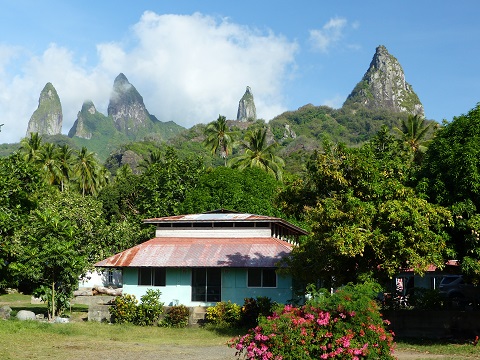 |
Random pictures from our month spent on the islands of Hiva Oa, Tahuata, Ua Pou, and Nuku Hiva
45 Photos
Created 18 July 2015
|
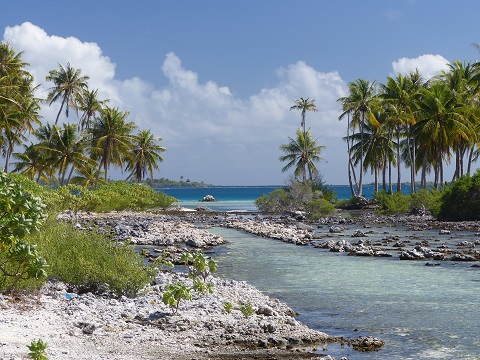 |
Random pictures from our month spent in 4 Tuamotu Atolls; Ahe, Fakarava, Tahanea, and Toau
32 Photos
Created 1 July 2015
|
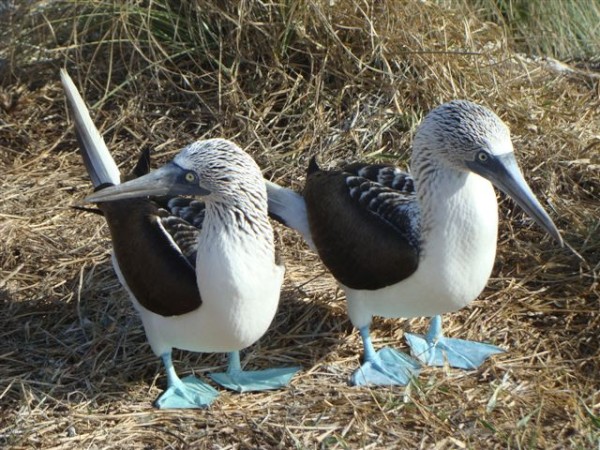 |
Some of the birds, fish, reptiles, and mammals (and others) that we have seen in Mexico
74 Photos
Created 5 May 2014
|
Tregoning

Who: Alison and Randall
Port: Gainesville, FL
